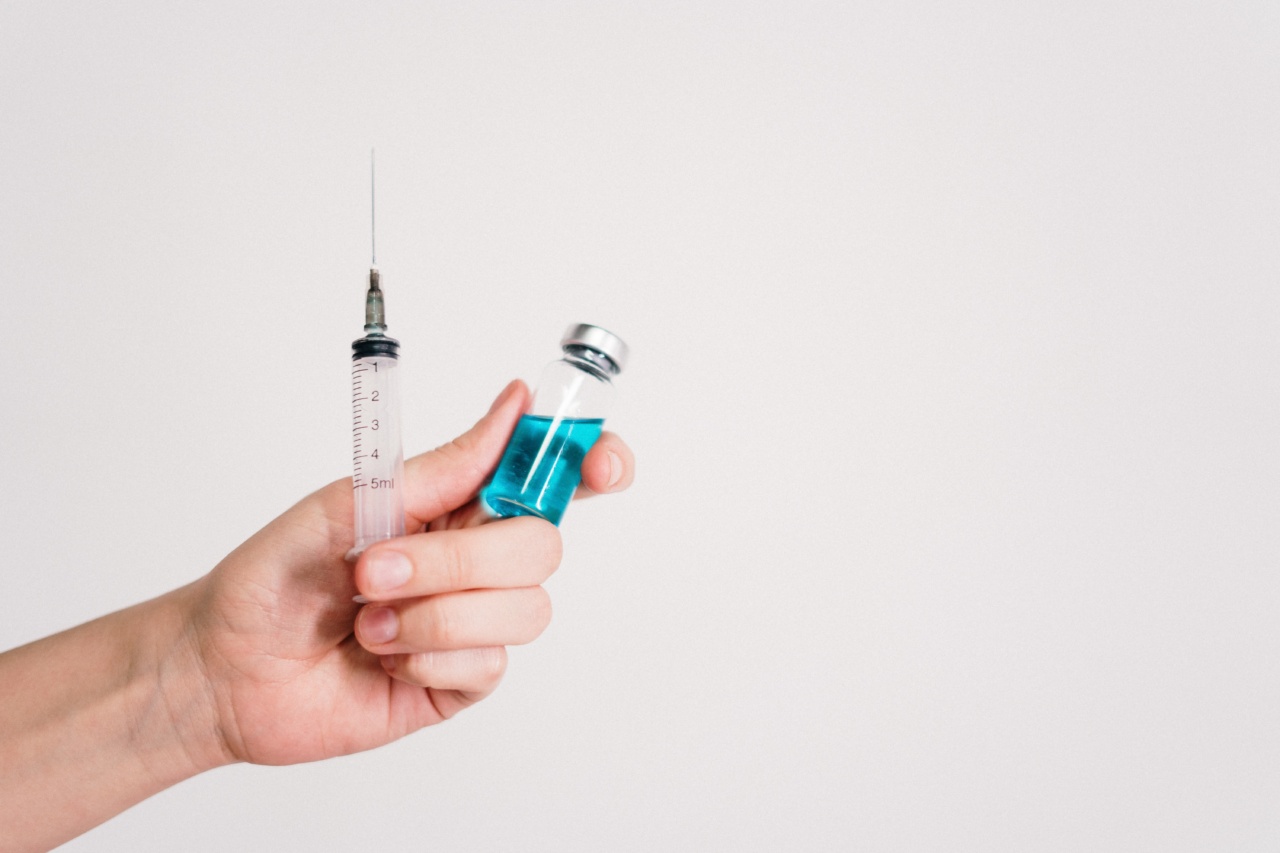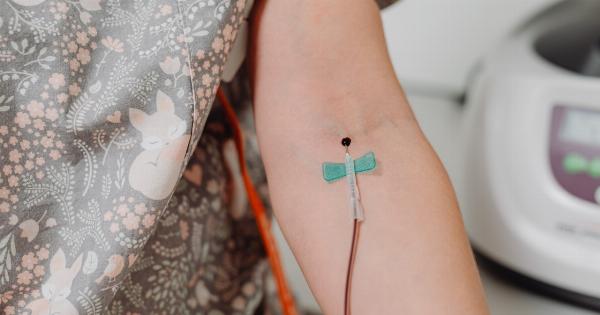A peripheral syringe refers to the use of a syringe and needle to inject medication or fluids into the peripheral veins of a patient.
This procedure is commonly used in healthcare settings, such as hospitals and clinics, for various purposes, including medication administration, blood sampling, and intravenous therapy. While peripheral syringes offer numerous advantages, they can also pose certain risks and complications if not used properly. This article aims to explore the causes, prevention, and cure of peripheral syringe-related issues.
Causes of Peripheral Syringe Complications
1. Needlestick Injuries:.
One of the common complications associated with peripheral syringes is needlestick injuries.
These injuries occur when the needle accidentally punctures the healthcare worker’s or patient’s skin, leading to the potential transmission of infections or bloodborne diseases.
2. Infection:.
Infection is another significant cause of peripheral syringe-related complications. It can arise due to improper aseptic technique during the syringe preparation, administration, or inadequate hygiene practices in the patient or healthcare worker.
3. Hematoma Formation:.
A hematoma is a localized collection of blood outside of the blood vessels, usually resulting from a punctured vein during syringe insertion or removal. Hematomas can cause pain, swelling, and limit venous blood flow.
4. Nerve Damage:.
In some cases, peripheral nerves may get damaged due to improper needle insertion or accidental injection into nerve-rich areas. Nerve damage can result in pain, numbness, or loss of sensation.
5. Allergic Reactions:.
Another cause of complications is allergic reactions to the medication or substances being administered through the peripheral syringe.
These reactions can range from mild itching and hives to severe anaphylaxis requiring immediate medical intervention.
6. Clotted Catheter:.
In cases of prolonged intravenous therapy, the catheter inside the vein can become clogged or clotted. This can hinder proper medication or fluid administration, leading to suboptimal treatment outcomes.
Prevention of Peripheral Syringe Complications
1. Proper Training and Education:.
Healthcare professionals involved in peripheral syringe procedures should receive adequate training and education to ensure they possess the necessary skills and knowledge required for safe and effective administration.
This includes learning appropriate insertion techniques, aseptic precautions, and understanding potential complications.
2. Adherence to Aseptic Technique:.
Strict adherence to aseptic technique is crucial to prevent infections during peripheral syringe procedures.
This involves proper hand hygiene, wearing personal protective equipment, thorough disinfection of the skin, sterile preparation of medications, and maintaining a sterile field throughout the process.
3. Use of Safety Syringes:.
Employing safety syringes with built-in safety mechanisms can help reduce the risk of needlestick injuries. These syringes are designed to retract or cover the needle after use, minimizing the chances of accidental punctures.
4. Proper Needle Selection:.
Choosing the appropriate needle size and length based on the patient’s age, weight, and the intended procedure can minimize complications such as hematoma formation, nerve damage, and pain during injection.
5. Regular Catheter Care:.
For patients requiring prolonged intravenous therapy, routine catheter care is essential to prevent clot formation and subsequent catheter occlusion.
This includes flushing the catheter with appropriate solutions, maintaining a sterile dressing, and monitoring for signs of infection or vein irritation.
Cure for Peripheral Syringe Complications
1. Prompt Medical Attention:.
If any complications arise during or after a peripheral syringe procedure, it is crucial to seek immediate medical attention. This allows healthcare professionals to assess and address the issue promptly, preventing further complications.
2. Infection Management:.
If an infection occurs, appropriate antibiotic therapy or other interventions may be necessary to control and treat the infection. In severe cases, hospitalization and intravenous antibiotics may be required.
3. Hematoma Treatment:.
Small hematomas often resolve on their own, but larger or painful hematomas may require medical intervention.
Treatment options include applying cold compresses, providing analgesics for pain relief, and occasionally draining the hematoma through a small incision.
4. Nerve Damage Rehabilitation:.
If nerve damage occurs, specialized rehabilitation programs, including physical therapy and pain management interventions, may be necessary to promote nerve healing and restore normal sensory function.
5. Allergic Reaction Management:.
Addressing allergic reactions involves discontinuing the medication or substance responsible for the reaction and administering appropriate medications, such as antihistamines or epinephrine, to counteract the allergic response.
Severe reactions may require emergency medical treatment.
Conclusion
Peripheral syringes are vital tools in healthcare settings, enabling the safe and efficient administration of medication and fluids. However, it is essential to be aware of the potential complications that can arise during the procedure.
By understanding the causes, implementing prevention measures, and seeking appropriate medical care when needed, healthcare professionals can mitigate the risks associated with peripheral syringes, ensuring patient safety and optimal treatment outcomes.































